First Look: Microsoft Exchange Server 2010
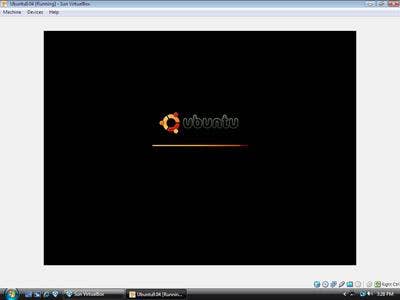
Microsoft On Wednesday released the first public beta of Exchange 2010, code-named Exchange 14. Exchange has a track record of success, owning 65 percent of the messaging market, according to Ferris Research. Industry analysts expect that figure to rise to 70 percent by 2010. Exchange 2010 is part of the next wave of Microsoft Office products and is the first server in a line of Microsoft server technology to work on-premises and as an online service. Here's a look at the newest features.
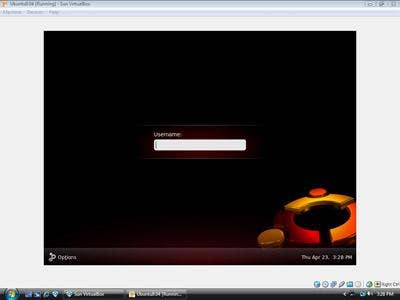
This new feature allows an administrator to define a specified set of Mailbox servers that will use Continuous Replication to provide automatic recovery from database failure.
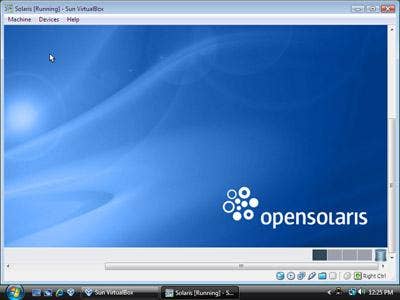
Move mailboxes from one Exchange database to another without taking a user offline. This is the Wizard used for this task. We moved a 200-MB mailbox from one database to another in seconds.
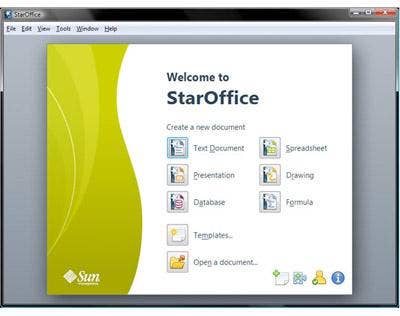
Users have new "self-service" options in OWA's Exchange Control Panel (ECP). This Web-based management portal enabled users to perform common tasks without having to call IT support staff.
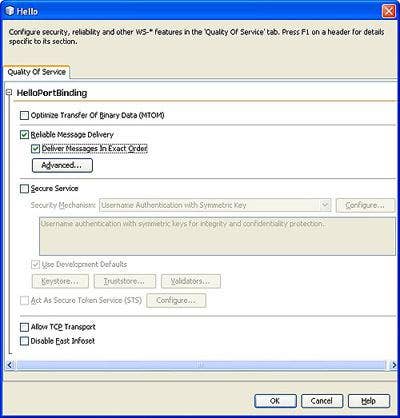
Users now have more robust message-tracking options with delivery reports. They are easy to generate and by default will search for delivery information on messages sent and received during the past two weeks.
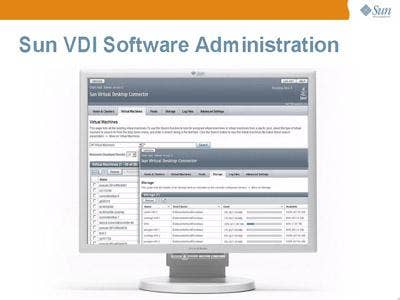
Users can now manage their own public distribution groups. They can create, join or leave groups, as well as select a group moderator(s). Moderators approve messages sent to group members.
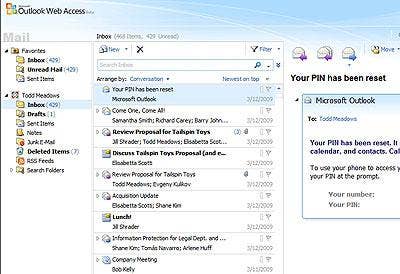
No more flipping through pages and pages of messages. OWA in Exchange 2010 no longer requires users to click through to a new page to see older messages.
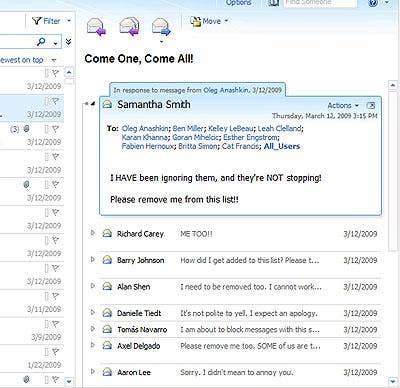
Messages can be viewed by conversation. On the right of the slide, all messages associated with the "Come One, Come All" conversation are grouped together.
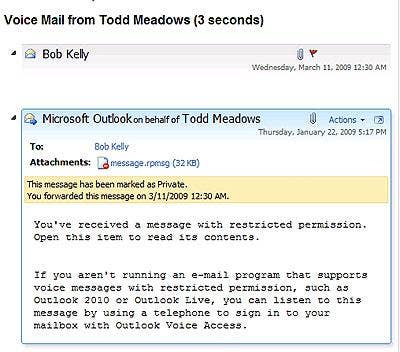
Users can read the contents of an audio recording the way they would read an e-mail.
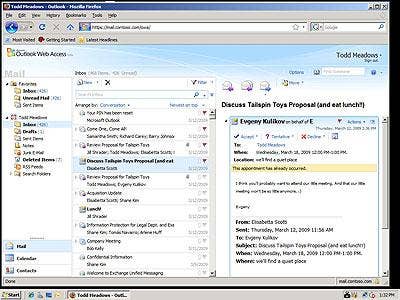
Expanded browser support for Safari and Firefox on Windows and Mac OS X machines provides features such as spell check, message flagging and enhanced scheduling.
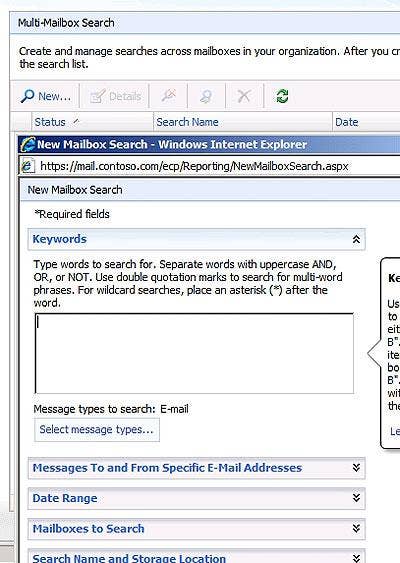
Users assigned the Role Based Access Control designation of Discovery Management can perform searches across designated mailboxes and personal archives.
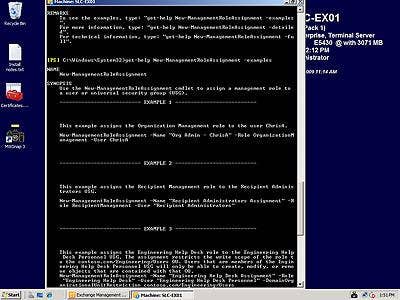
The Exchange Management Shell is a powerful way for administrators to assign roles to users. Assignable roles include Organization Management and Recipient Management.
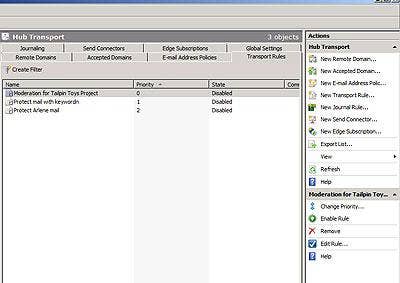
Administrators can create transport rules that can be set, for example, to protect messages to or from certain domains or users, or to protect messages with specified content.